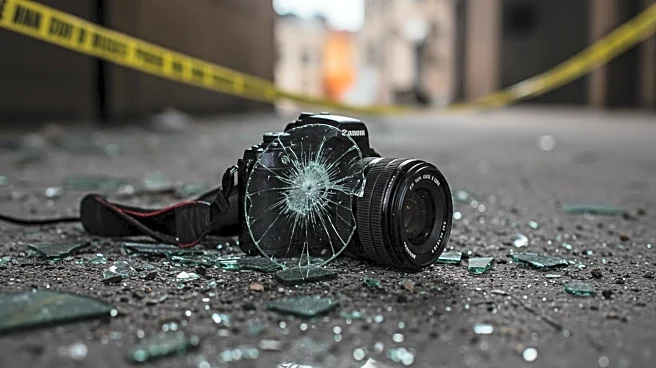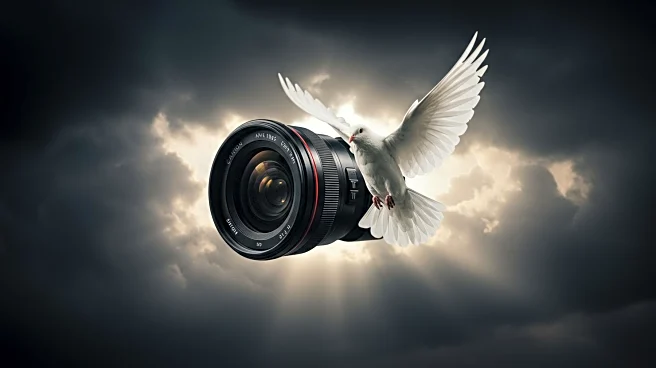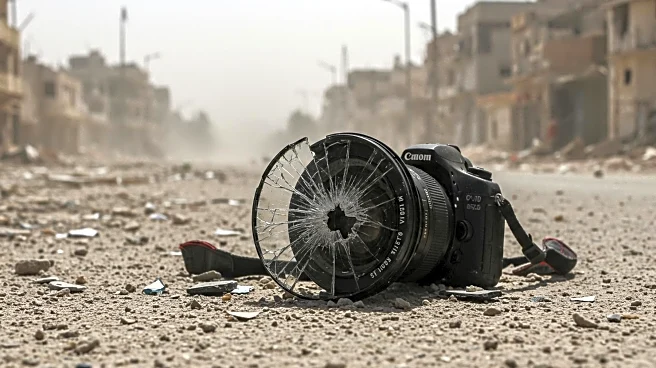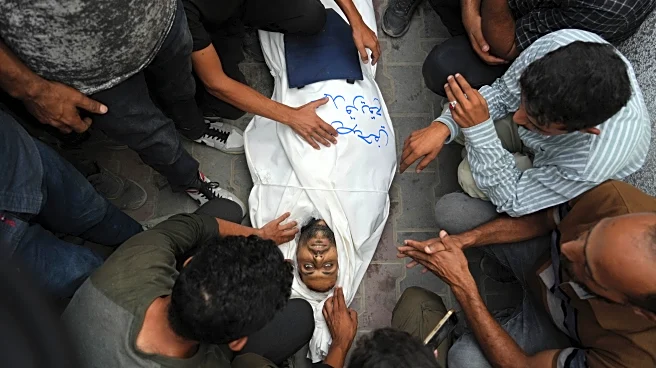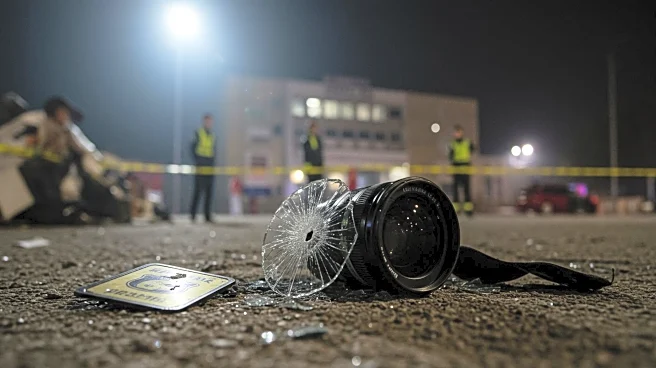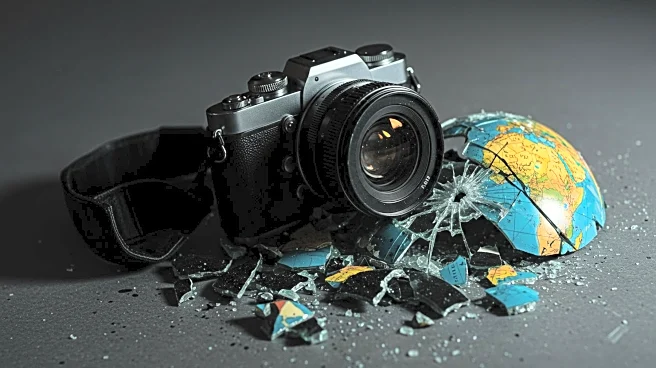Rapid Read • 7 min read
On August 10, the Israeli military conducted a strike in Gaza City, resulting in the deaths of five Al Jazeera journalists, including prominent correspondent Anas al-Sharif. The journalists were targeted while in a tent outside al-Shifa Hospital. The Israel Defense Forces (IDF) accused Sharif of being affiliated with Hamas, citing documents from 2019. However, Al Jazeera and other organizations have challenged the credibility of these claims. The strike has been condemned as a premeditated attack on press freedom, with the Committee to Protect Journalists highlighting the dangers faced by Palestinian journalists in the region.
AD
The incident underscores the ongoing risks faced by journalists in conflict zones, particularly in Gaza, where media access is severely restricted. The targeting of journalists raises significant concerns about press freedom and the ability to report on the conflict. The deaths of these journalists deprive the international community of critical on-the-ground coverage of the situation in Gaza. The strike has drawn condemnation from various organizations, emphasizing the need for protection of journalists and independent media access in conflict areas.
The international community may increase pressure on Israel to ensure the safety of journalists and allow independent media access to Gaza. The incident could lead to further scrutiny of Israel's military actions and its communications strategy. Calls for investigations into the strike and its justification are likely to intensify, potentially impacting diplomatic relations and media coverage of the conflict.
The strike highlights the ethical and legal challenges in conflict reporting, where journalists are often caught in the crossfire. The incident may prompt discussions on the role of media in war zones and the responsibilities of military forces to protect non-combatants, including journalists. Long-term implications could include shifts in how media organizations approach coverage in high-risk areas.
AD
More Stories You Might Enjoy
